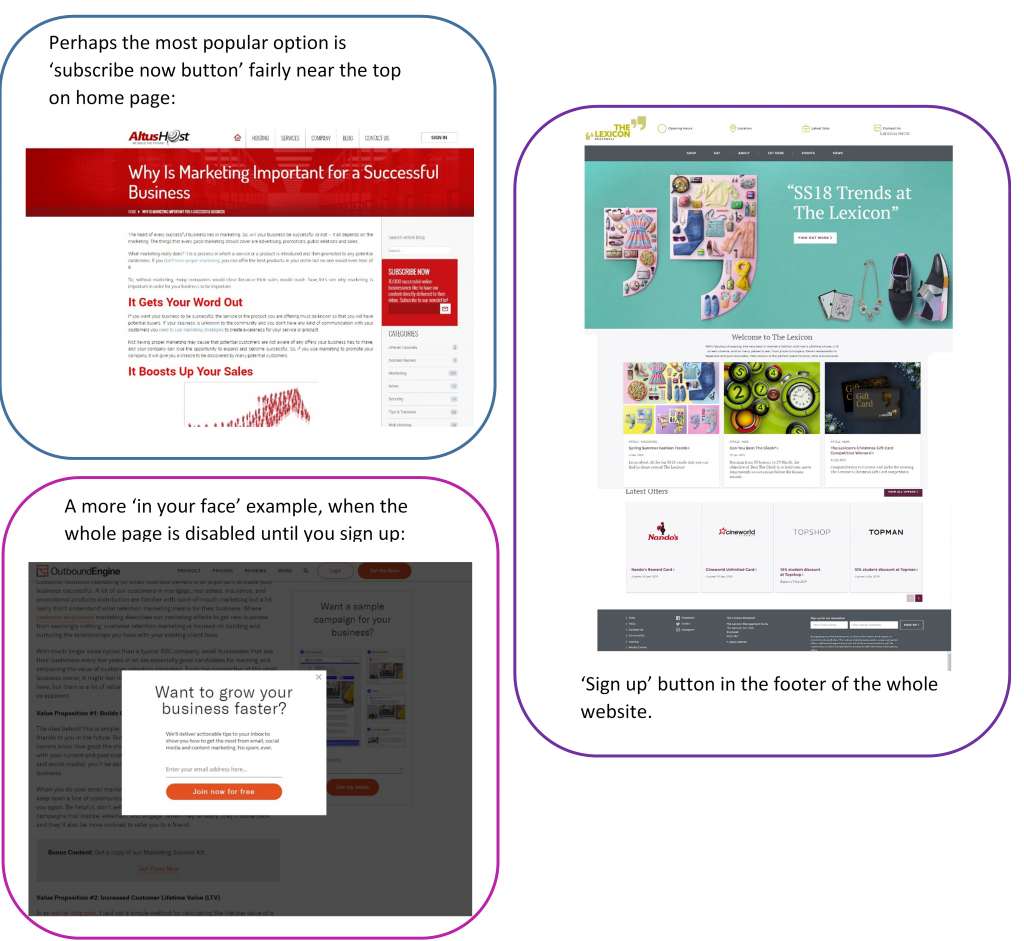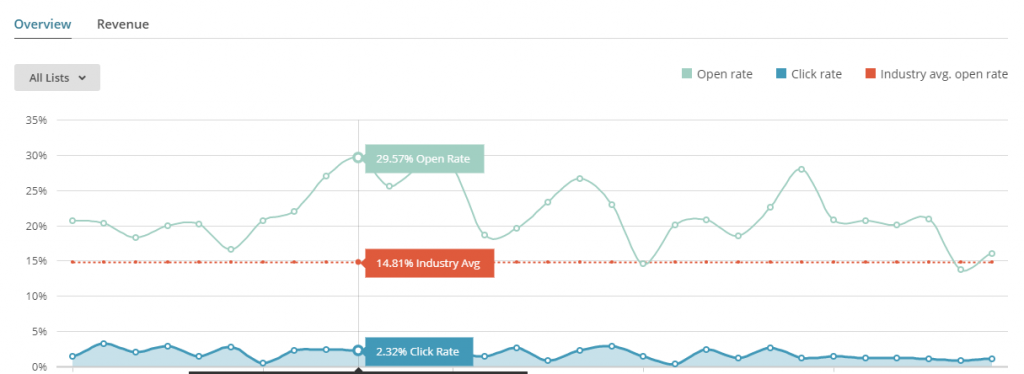7 Tips to Effective Email Marketing
‘Not another email’ I hear you say as a new email pops in your inbox. Surely that is not going to bring my business any benefits… Wrong! Email marketing is relatively inexpensive and has proven to be very effective. Here is a quick guide to effective email marketing for startups and SMEs.

How effective is email marketing for startups and SMEs?
Few of us realise that almost 50% of smartphone users grab their phone immediately after waking up to check their social media network and emails? To be honest, I do it too! Integrating a mobile responsive email template into a businesses’ content plan is the bare minimum you should be doing.
It not only directly allows you to tell your customers and prospects about your products and services, but according to Email Census data and IMRG estimate of £133bn in total UK online sales for 2016, emails are generating approximately £29bn of retail sales annually in the UK alone (that’s not even including offline sales influenced by email). Source: Email Marketing Industry Census 2017.
So as annoying as getting dozens of sales emails a day is, this method of communication is proven to work and is here to stay – and for small businesses in particular this direct method of communication can save you a lot of time and money if done properly.
TIP 1 - Build your subscriber list
Even if you already have a long list of email addresses for your customers or prospects, you should never stop adding to it. Especially since it’s not nearly as hard as it sounds. There should be sign up or subscribe functions on your website, blog or social media pages to help you grow the list more passively. Several examples of this feature are below:

You can also build your list through more traditional means. If you are exhibiting at a conference or a trade fair, provide an option for people to sign up to your newsletter. Even if you don’t end up closing the sale at the conference, getting someone to sign up to your email list, can turn into a business opportunity down the road.
TIP 2 - Use an automated email system
- Easily manage your list of customers, you can segment these by their interest level into your products or services and customise your communications exactly to appeal to the recipients.
- Maintain your customer contact details with ease as every unsubscribed or undelivered email is captured and stored, so that the next time you send out the email to that list of customers, those that have blocked you or unsubscribed will not be getting your message. In turn, this will ensure that your emails are not flagged as spam or indeed not complying with the new GDPR regulations.
- Obtain insight such as open and click through rates to help you assess the success of the emails you send, which can then be easily compared with future emails to let you better judge the type of topics that get more opens or the time of day that generates more leads.
- Capture invaluable information about your customers, such as what area of an email they are clicking on, their forward patterns or what part of the country they live in, (i.e., if it’s a more geographically appealing offer). This insight enables you to customise your next message even more precisely to capture your reader’s interest.
- Produce multi-media friendly communications, so that the email is displayed in the right format, depending on the technology that is being used to view it.
TIP 3 - Begin with a plan
Decide how frequently your emails should be sent out; what day of the month or week it is best to send them; and don’t underestimate the importance of the time of day too. Research shows that emails sent between the hours 10.00-12.00 and 15.00-17.00 usually gain better open rates. Your communications plan should also contain topics, products in focus taking into account time of year or any special occasions, such as Mother’s Day (if you are in the home-made or personalising business).
Having a plan for the next 6 months will ensure your messages are:
- informative every time (rather than repeating yourself);
- appropriate to the time of year (use a calendar for this and make a note of anything appropriate to your business)
- and not rushed, having a topic plan will also help draft the content of your email rather than having to think of something when you are probably trying to manage dozens of other things and the email just needs to get done!
TIP 4 - Make it personal, but don't overdo it
You know how you log onto your Amazon account or Facebook and your homepages are tailored to what you’ve liked and shared? Your prospects and customers now expect that in your email marketing too. If you are going to invade their personal inbox space, you better make sure your email is as personal as it can get, without being too creepy.
Insert pictures sparingly. Images should illustrate your message rather than replace your content. Some email providers block images or consider them an indicator of spam.
Additionally, you want the emails to entice further action, rather than giving all of the information in the email and the recipient not having a real need or want to click on anything further. If you have a lot to show off about, then either split the content by subject and break it down into two or three different emails or include one or two videos at most and provide a link to your video library for the rest, showing off your YouTube Channel in the process.
TIP 5 - Don't forget a call to action
Sounds obvious? You’ll be surprised how often this is not really thought through properly. You want to ensure you have several call to action points throughout the body of the email. Be it ‘book now’ or ‘click here to redeem your voucher’. The most important thing with a call to action is the landing page it goes to.
The message within the email has to be on the landing page too. Just adding a link to the home page of your website will increase bounce rate dramatically. Home page of a website usually doesn’t have a very clear call to action, as it is a gateway (a holding page) to the information about the whole of your company.
Therefore, for your carefully designed email campaign you need to have just as carefully thought out landing page.
TIP 6 - Test, test and test again
Be sure to send several tests of your email to a few of your colleagues, even if it’s just for simple proof reading or checking that all the links work etc. Open the email on different types of devices to ensure it displays correctly.
TIP 7 - Measuring effectiveness
This is a whole blog post on its own! But in brief, email marketing is one of the easiest marketing methods to measure, with easy access to data such as successful deliveries total, how many were opened, clicked on, forwarded or unsubscribed. Most popular and least popular links and even an easy world map view showing where your customers are based. Evaluating these results against your enquiries or orders each month will give insight into the exact ROI your emails deliver, plus you will know what interests your customers have, from topics to media used to view your emails, so that the following time you can write an even more personalised content to the recipients.
Example of a campaign report:

So to summarise, in such a saturated world of communication, email is by far one of the most effective direct marketing tools, which is relatively inexpensive and simple to measure. By simply following this quick guide to effective email marketing for startups and SMEs you will have a great basis for successful campaigns.
#Effectiveemailmarketing #emailmarketing #businessgrowth
